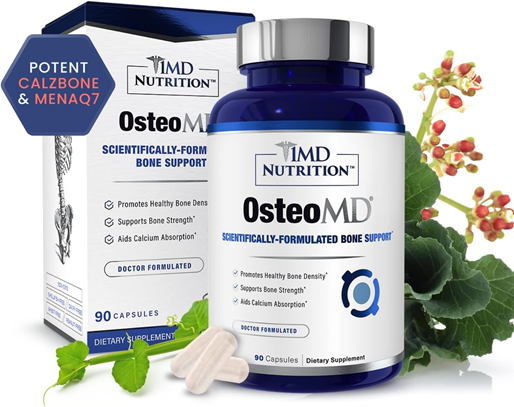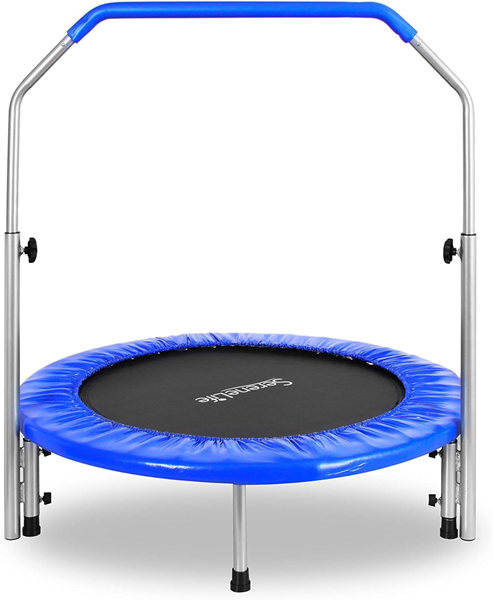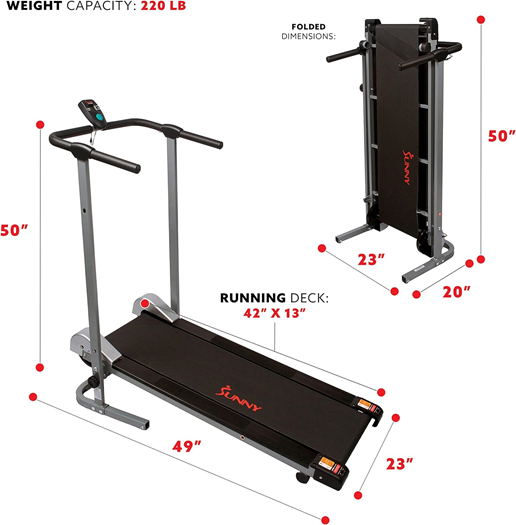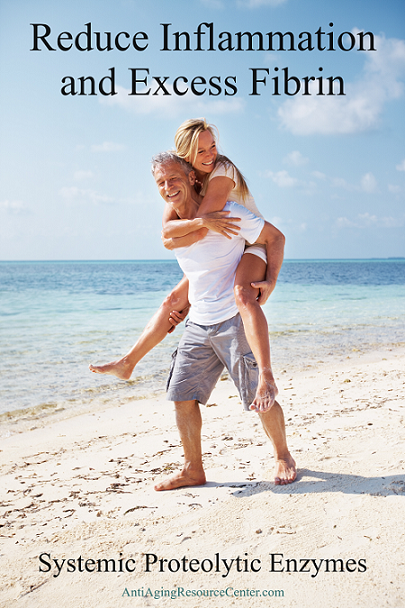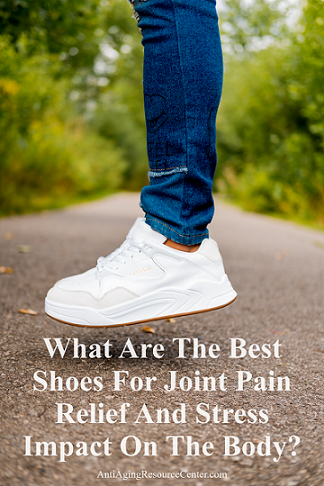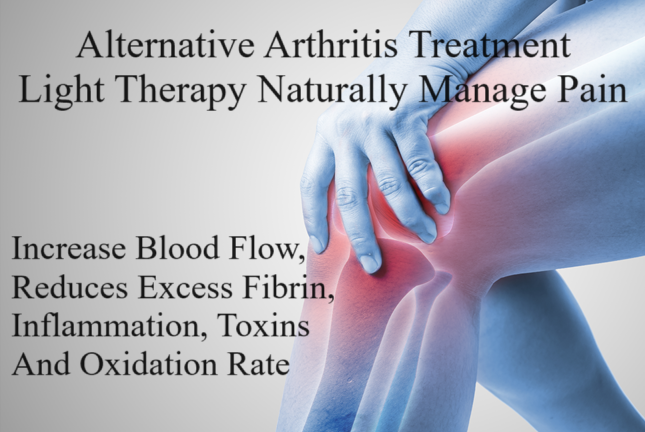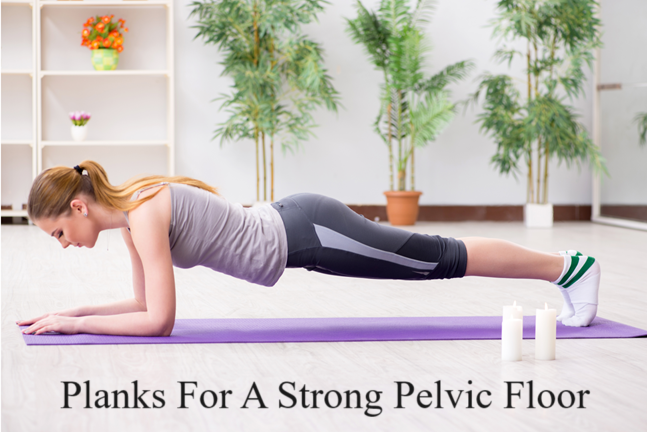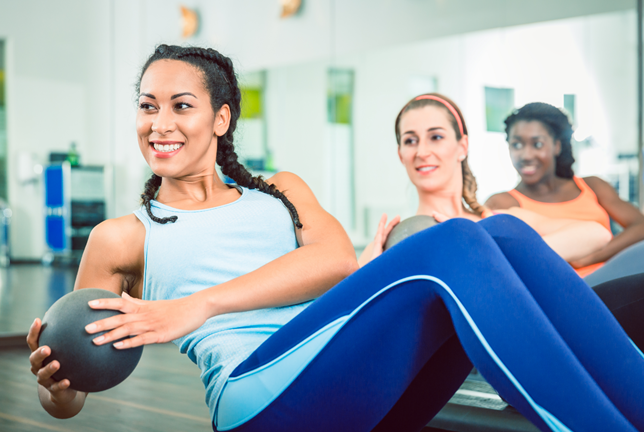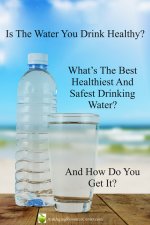We include products we think are useful for our readers. However, when you buy something through our retail links, we may earn an affiliate commission.
Osteoporosis Exercises And Other Natural Ways To Increase Bone Density And Stop Bone Loss
Osteoporosis exercises, a diet rich in collagen, calcium and vitamin d3 bone health supplements are natural ways to keep your bones and joints healthy; preventing bone loss and increasing bone density.
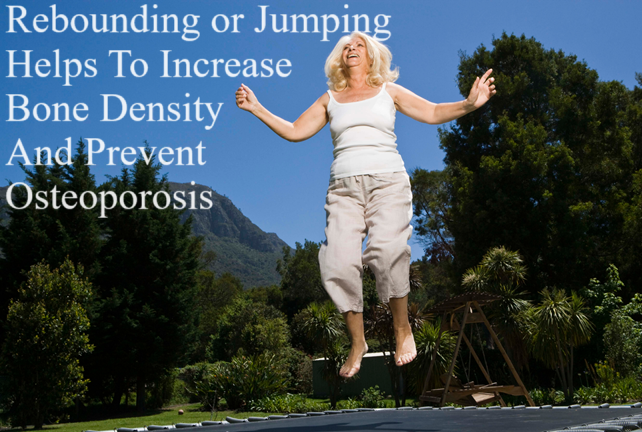
How To Keep Your Bones And Joints Healthy
Consistent exercise is crucial, especially as you near middle and older age, for increasing bone density. And for those who are living with osteoporosis, regular movement is all the more vital to maintaining strong and healthy bones.
If you have osteoporosis, you might mistakenly think exercise will lead to fracture. In fact, using your muscles helps protect your bones.
And, the favorable effect of regular high, medium or low-impact exercises cause bone
modeling, remodeling and maintaining bone mass. Doing exercises for osteoporosis increase bone strength, bone growth and bone health.
Once bone loss occurs we are much more
susceptible to fractures.
One in three women and one in five men over the age of 50 years old will get a broken bone due
to osteoporosis.
Preventing Bone Loss Through
Exercise, Diet And Supplements
There are no cures for osteoporosis, but there are steps you can take to prevent bone loss and help treat your osteoporosis by slowing it down.
- Exercising: You can help maximize bone tissue formation and minimize and even stop bone loss naturally to help reduce the risk of osteoporosis or to help prevent more severe osteoporosis through exercising.
-
Diet: Powerful proteins like fish,
poultry, meat, eggs, dairy, legumes and soy also promote collagen
formation and strengthen the bone matrix. Eating a diet rich in collagen foods helps prevent bone density loss, ease joint pain and many other health benefits.
- Supplements: Combining calcium with vitamin d3 to maintain a strong, functioning and healthy bone structure. You'll need a comprehensive mix of nutrients that addresses all aspects of bone health to increase the number of bone-forming osteoblast cells and regulate the activity of bone-destroying osteoclast cells.
Adding powerful bone restoring diet, osteoporosis exercises and supplements to your daily routine will immensely increase your bone health and re-balance the natural bone cycle.
Is Jumping Or Rebounding On A
Trampoline Good For Osteoporosis?
Bones become stronger under stress of physical activity.
Jumping helps to increase bone density and prevent osteoporosis. Regular rebounding
helps to increase bone density and maintain bone mass for older adults.
It is effective in preventing osteoporosis. Bones have the ability of
becoming stronger under stress and weaker when there is no stress.
A study of postmenopausal women found that bone density
significantly increased after 12 weeks of three 30-minute trampoline
workouts a week.You can read more at ArthritisFoundation.org
If you’re new to the trampoline or haven’t been on one in decades, start by simply walking on it.
Natural Methods To Prevent Bone Loss
And Increases Bone Density
Building your muscle strength also builds the strength and health of your bones.
Any activity that allows gravity, muscles and tendons to pull on the bones will help prevent further bone loss and increase bone density, as these actions stimulates bone cells to produce more bone, hence natural bone health.
Exercising also improves your
overall strength, flexibility and stability, which helps reduce the chance of falls and
reducing the risk of breaking a bone.
The United States Surgeon General recommends that you should try natural methods to maintain bone health. Why risk the use of prescription drugs when a natural approach is safer and more effective?
In fact, an article at NIH.gov reflects that glucocorticoids are known to be a significant contributor to osteoporosis.
Naturally preventing bone loss with exercises, diet and supplements will maintain the bone density you have while increasing bone mass.
Use Medications Cautiously
Safeguarding the health of your bones and joints means being wary of using certain medications. Whenever you are contemplating a new medication, make sure to discuss its side effects with your medical provider. Common medications, such as proton pump inhibitors for heartburn and steroid hormones for inflammation, are associated with decreased bone density read more at endocrine.org.
If you do need to take one of these medications, ask your medical provider about things you can do to offset your risk of developing osteoporosis.
In addition, there currently are a wide variety of drugs, such as alendronate sodium, raloxifene, and teriparatide used for the treatment of osteoporosis. However, these drugs are associated with serious adverse reactions, e.g., high blood pressure, hectic fever, and thrombus formation.
Alternatively, non-drug therapy has become a popular natural method for
treating osteoporosis due to its low price, applicability, and good
treatment outcomes. Exercises such as
jumping, jogging, and swimming can improve bone quality, density, and
strength.
A Balanced Osteoporosis Exercise Program Gives You Control Over Your Bone Health
A well balanced osteoporosis fitness program should include weight bearing impact of low, medium or high, which ever you are most comfortable with, resistance and flexibility exercises.
Weight-bearing exercises are the most effective way to build bone density, but at the same time incorporating a balanced exercise program gives you the benefit of overall bone healthy; maintenance of existing bone mass and building bone density.
Three Types Of Exercise For Osteoporosis That Build and Maintain Bone Mass
1 A. Low Impact Weight-Bearing Exercises:
Any activity where your feet and legs support your body’s weight.
Walking three to five miles a week can help build your bone density and your overall health.
|
|
Activities like swimming and riding a bike are not weight-bearing exercises, (they are part of resistance exercises) because you are being held up by the water and bike, not by your feet and legs; you are not supporting your own weight against the force of gravity.
1 B. Med Impact Weight-Bearing Exercises
- Skipping
- Jumping Low Level
- Hopping
Any one of these exercises should not pose a particular risk for people with osteoporosis unless you have a balance problem or medical concern.
1 C. High Impact Weight-Bearing Exercises
Both feet leave the ground at the same time.
|
High-impact exercises are the most effective in building
bone density. These include sports like basketball, volleyball, track, etc. |
However, they are also the most dangerous, especially for people with
weak thinning bones. This is the more extreme form of osteoporosis exercises.
2. Resistance Or Muscle Strengthening Exercises
Working against the resistance or weight of another
object.
Water exercises are a great full body resistance exercise for osteoporosis.
|
When exercising with free weights, band and/or tubing you should work different muscle groups on alternate days, this is ideal, as it gives each group time to recover. |
3. Flexibility Exercises
The act of stretching your muscles, loosening and limbering up your joints.
|
These exercise programs are great for over all body health and strength. Pilates is also a form of resistant exercise. |
Flexible joints helps with stability and mobility which helps reduce the risk of a fall or injury. Flexibility exercises also help maintain bone density.
Bone Density and Weight-Bearing Exercises Walking Or Jogging On A Treadmill
Treadmills can be a good choice for people who want to build bone density. The impact of your feet while running or walking helps stimulate bone growth, which is especially important if you have osteoporosis.
While high-impact exercise can have a damaging effect for folks with osteoporosis, incorporating some impact can be beneficial. As it offers only minimal joint impact, the treadmill is one of the best machines for runners, walkers and people living with osteoporosis.
Safely Doing Osteoporosis exercises and knowing your limits
There is a wide range and different levels of exercises you can do for osteoporosis and bone health from beginners to the most extreme. Find the right fit for you.
Taking safety precautions before choosing and beginning any osteoporosis exercise should be taken seriously, including wearing the right clothes and shoes.
If you have severely weak and thin bones, high-impact
exercises may not be right for you, you might want to consider low impact walking, water exercises or swimming until your bones become stronger.
Conclusion, get up and get that body moving with natural and beneficial osteoporosis exercises!
As you can see, there are quite a few option to building bone health naturally, you just need to pick the one you are most comfortable doing and start your osteoporosis exercises as soon as possible.
No exercise at all results in decreased bone density.
It is never too late to prevent bone lose!
Read More
Recent Articles
-
Guide To Botanical Facial Oils And Harnessing Their Anti-Aging Powers.
Feb 07, 24 06:48 PM
A complete guide to botanical facial oils that takes the guesswork out of these magical elixirs, and the powerful benefits that plant oils have to offer your skin. -
Is Exfoliating Your Skin Important? The answer is yes! Especially if..
Dec 29, 23 11:29 PM
Exfoliating your skin is important to help determine how radiant, healthy and younger looking our skin will feel and look so, exfoliating it is an important step in our skincare routine.. -
Healthy Water, What Is The Best Healthiest Drinking Water?
Dec 29, 23 01:11 PM
Healthy water keeps our cells regenerated, replenished and plump giving them the energy to rebuild and function properly. You want to give your body the best possible water available, right?
